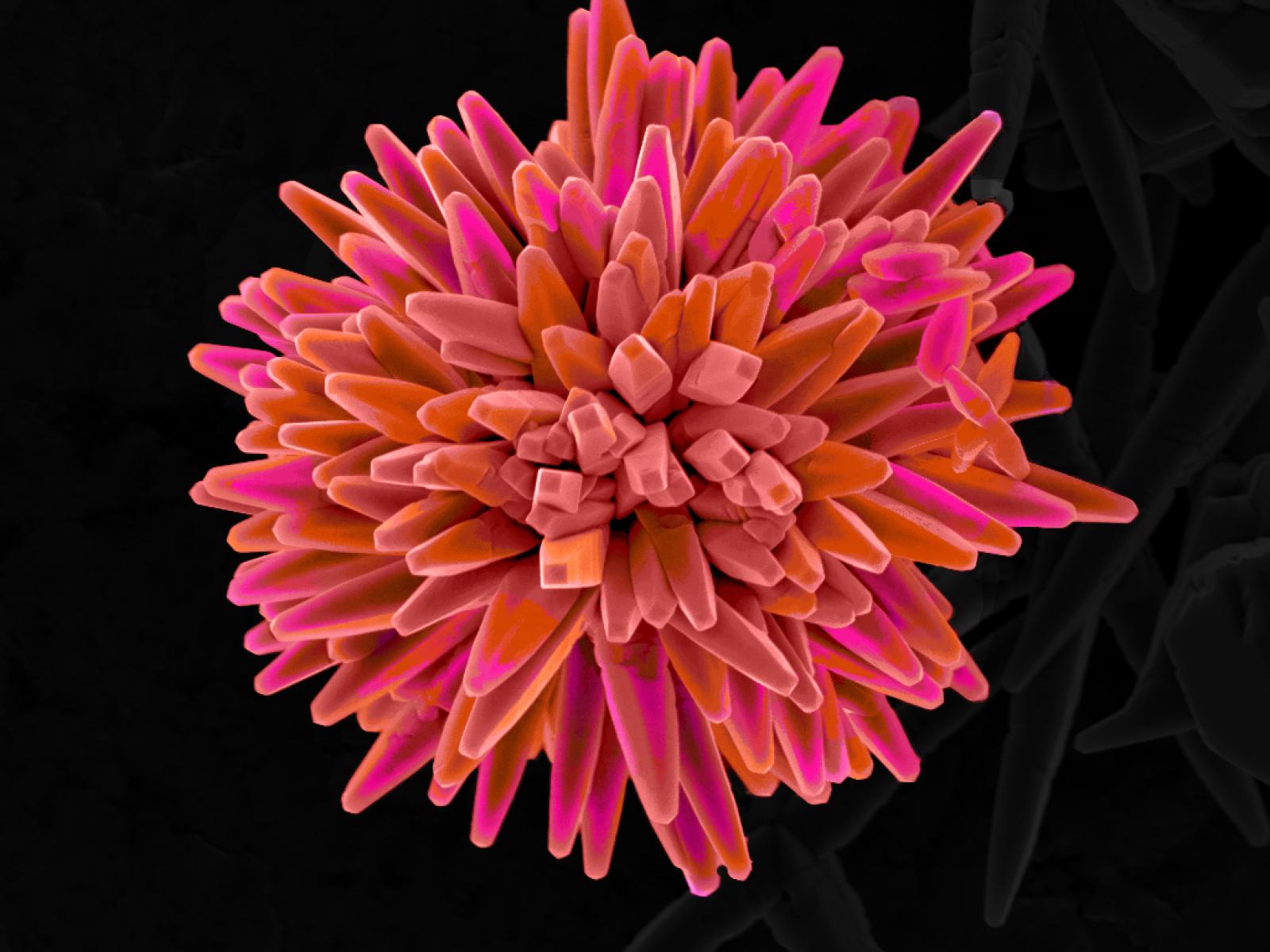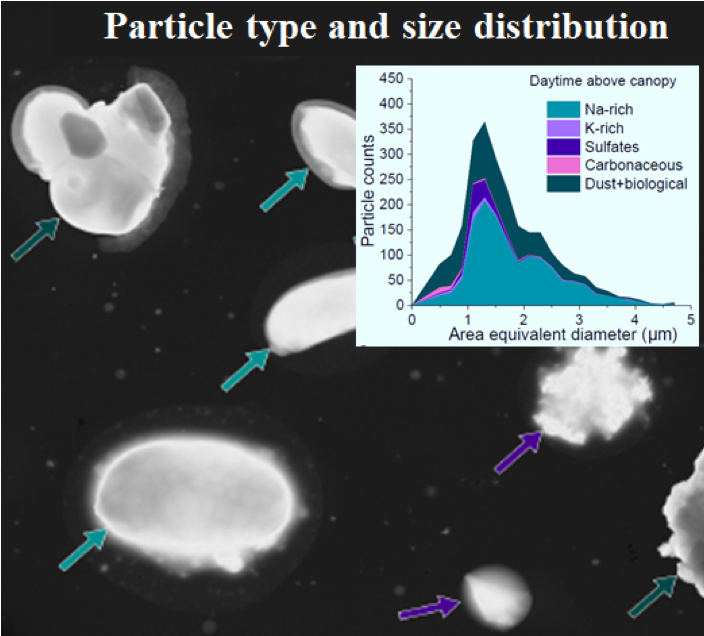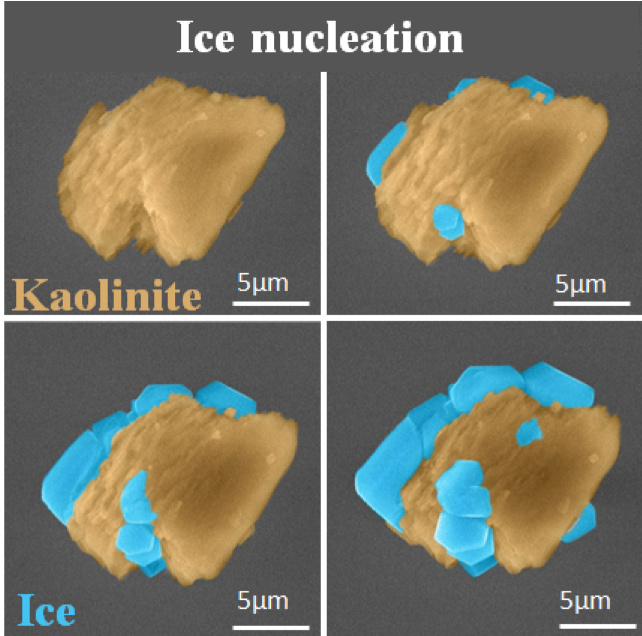Environmental Scanning Electron Microscope and Focused Ion Beam (Quanta 3D - Dual Beam)
Located in EMSL | Stewarded by Odeta Qafoku

Odeta Qafoku
Mission
The environmental scanning electron microscope is a new generation of a conventional scanning electron microscope (SEM) developed to image, analyze, and perform sample manipulations under controlled temperatures and controlled environments. This instrument provides added capability in SEM imaging with an advanced ability to analyze highly beam sensitive (geo-biological) samples and gel-like materials. Variable humid environments and variable pressures can be applied to specimen chambers, making it possible to study hydrated and uncoated specimens in their natural state.
Quanta SEM is equipped with cryo capability (e.g, cryo-stage and cryo-chamber) which uses low temperatures to prevent the evaporation of volatile components, such as water. Thus, it allows for sample imaging and manipulation (i.e., focused ion beam cross sectioning and preparation of transmission electron microscopy and atomic probe tomography specimen) within the vacuum environment while preserving natural structures of the sample. This is important for samples where structures retain their original conformation only in their fully hydrated state. In addition, the cryo-capability allows the Quanta SEM to perform heterogeneous ice nucleation experiments at temperatures and relative humidity relevant to aerosol, atmospheric, biological, and biogeochemical research.
Quanta SEM is equipped with energy dispersive X-ray spectroscopy (EDX) that utilizes a highly stable and accurate silicon drift detector. Given its large 100 mm2 analytical area, the detector collects large area map fast, with great sensitivity and no loss in accuracy. The detector is sensitive for elemental analysis at low concentrations and low count rates.
Quanta SEM is equipped with Oxford multi-tasking software (AZtecFeature and AZtecLive) that respectively enable advanced particle analysis platform and real-time sample navigation based on sample chemistry. Specifically, the particle analysis software, AztecFeature, is equipped with real-time detection of particle morphology and chemistry, which allows for automatic rebuild/montage of large EDX chemistry maps based on higher resolution/smaller area maps. This feature is directly relevant to aerosol atmospheric sciences research.
Features
- Cryo capability to manipulate beam sensitive samples (biological, gel-like materials, (geo)biological)
- Ideal for particle analysis of aerosols and atmospheric particles
- Enables heterogeneous ice nucleation experiments
- Enables variable humidity, variable pressure analysis
- Large 2 mm field of view suitable for larger specimens

